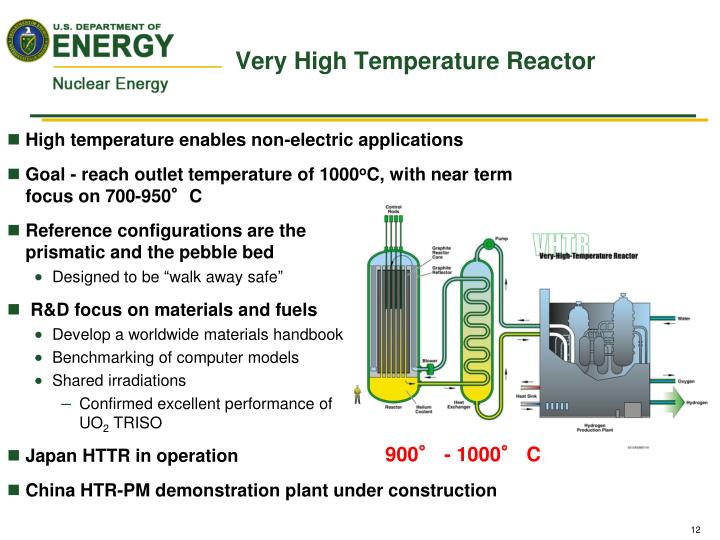


The pressure started to increase and exceeded the design limit. This led to the Loss of coolant accident (LOCA) that caused the temperature and pressure to rise in the reactor core. The tsunami that arrived 50 minutes after the earthquake caused the backup diesel generators that were housed in the turbine building to flood and thus interrupting the power supply to the coolant pumps. This prompted the backup diesel generators to start up so that the pumps would allow recirculation of the coolant in the reactors. However the AC power line running to all 6 reactors was disturbed during the earthquake. This was successfully done, however the reactor needed cooling to remain in operation so that the fission products can cool down to a cold shutdown state in which the water in the reactor core is no longer evaporating. Sensors on reactors 1 through 3 immediately sensed the earthquake and the control rods were automatically inserted into the core to shutdown the reactors. Reactors units 1 to 4 are on the left of the picture, while reactors 5 and 6 are across on the right of the picture. Figure 2 illustrates the Fukushima site before the accident.įigure 2. However reactor 4 was shut down not long prior to the event, thus was still in the cooling process and had not achieved the cold shutdown state. At the time there were 3 reactors (Units 1-3) operating in Daiichi, while 3 other reactors (Units 4-6) were in shutdown. On March 11th, 2011 a magnitude 9 earthquake struck the coast of Japan, followed by a tsunami that was reported to be as high as 15 meters at some coastal regions. The control rods that are inserted from the bottom of the core also help regulate the fission events. The two re-circulation pumps are key in maintaining the reactor core temperatures down at the normal operating temperature. The steam exiting the turbines is then condensed back to a liquid form, then reheated and sent back into the reactor core as depicted in the image. The separator located on top of the reactor pressure vessel removes the steam which is at about 290 ☌ and over 1000 PSI, and feeds the turbine housing to spin the generators that produce the electricity. The fuel, enriched uranium dioxide, is kept in the reactor pressure vessel filled with water that is moved from the bottom to the top of the reactor pressure vessel, removing heat as it goes. These types of reactors use light water as both the coolant and moderator in the reactor core. Many of Japan's nuclear reactors are boiling water reactors (BWR) (see figure 1).


 0 kommentar(er)
0 kommentar(er)
